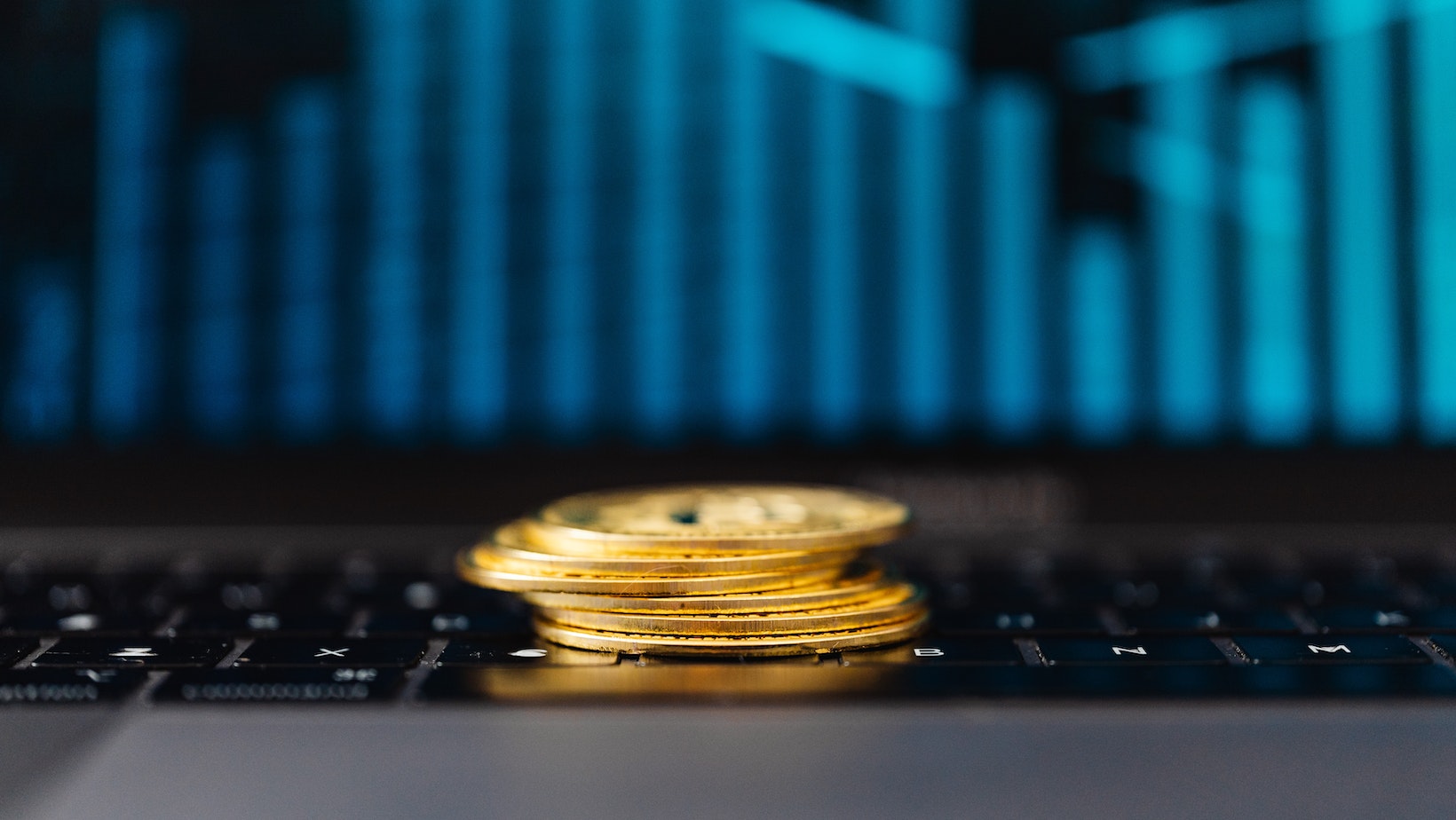
How to Invest in Lumber Futures: A Lucrative Opportunity for Profits
Wondering how to invest in lumber futures? It’s a smart move to consider diversifying your investment portfolio and exploring commodities like lumber. Lumber futures can offer potential opportunities for profit, especially with the increasing demand for construction materials. In this article, I’ll guide you through the process of investing in lumber futures and provide some valuable tips to help you make informed decisions.
How to Invest in Lumber Futures
Lumber futures can be an intriguing investment opportunity for those looking to diversify their portfolio. In this section, we’ll delve into the key aspects of understanding lumber futures, including the benefits of investing in them, factors that influence lumber futures prices, and the risks associated with such investments.
Factors Affecting Lumber Futures Prices
Understanding the factors that influence lumber futures prices is crucial when investing wisely:
- Supply and Demand Dynamics: The balance between supply and demand plays a significant role in determining prices. Factors such as housing starts, home renovations, and economic growth impact the demand for lumber.
- Weather Conditions: Natural disasters like hurricanes or wildfires can disrupt timber harvesting operations, leading to reduced supply and higher prices.
- International Trade Policies: Import/export regulations and tariffs imposed on wood products affect global trade flows and can impact pricing trends.

Risks Associated with Investing in Lumber Futures
While there are potential benefits, it’s essential to be aware of the risks associated with investing in lumber futures:
- Price Volatility: Like many commodities markets, lumber futures can experience significant price fluctuations due to various factors, including supply disruptions or sudden changes in demand.
- Lack of Physical Ownership: Unlike investing in physical assets, such as real estate or gold, with lumber futures, you don’t own the actual wood. Instead, you hold a contract that represents an agreement to buy or sell lumber at a future date.
- Market Speculation: Lumber futures attract speculators looking to profit from short-term price movements. Their involvement can increase market volatility and make it harder to predict price trends accurately.
Benefits of Investing in Lumber Futures
In this section, I’ll outline some of the key benefits of investing in lumber futures and why it’s worth considering.
- Hedging against inflation: Lumber is often considered an inflation-sensitive commodity. By investing in lumber futures, you have the potential to mitigate the impact of rising prices on your investments. As inflation increases, the demand for lumber tends to rise due to its use in construction and manufacturing sectors.
- Portfolio diversification: Including lumber futures in your investment mix can help spread out risk across different asset classes. This is especially important as each asset class may respond differently to market fluctuations. By having exposure to commodities like lumber, you can potentially reduce the overall volatility of your portfolio.
- Potential for profit: Like any investment, trading lumber futures carries risks, but it also presents opportunities for significant returns. The price of lumber can fluctuate based on various factors such as supply and demand dynamics, global economic conditions, and weather patterns affecting timber production. If you’re able to accurately anticipate these factors and make informed trading decisions, you could stand to make substantial profits.
- Efficient market access: Investing in lumber futures provides access to a highly liquid marketplace where buyers and sellers actively trade contracts daily. This liquidity ensures that there is generally sufficient market depth and ease of entry or exit from positions.
It’s important to note that investing in lumber futures carries risks, and it’s crucial to conduct thorough research, seek professional advice if needed, and carefully assess your risk tolerance before diving into this market. Additionally, staying updated on industry news and trends can help you make more informed investment decisions.





